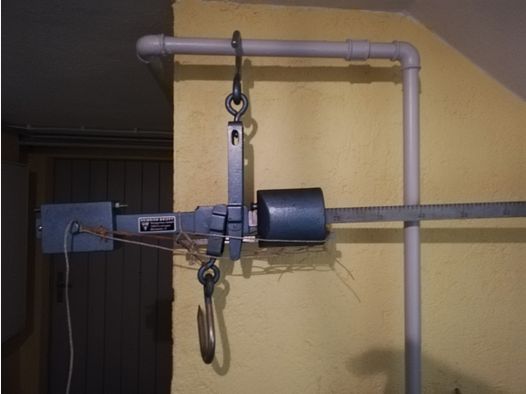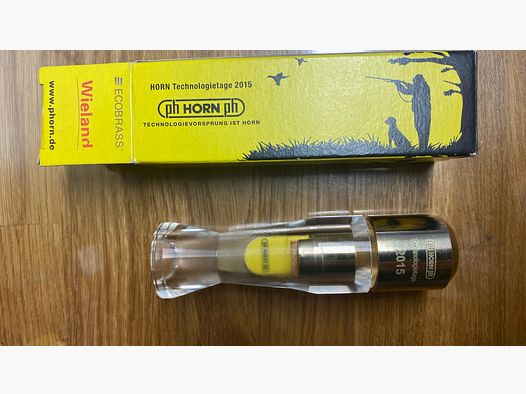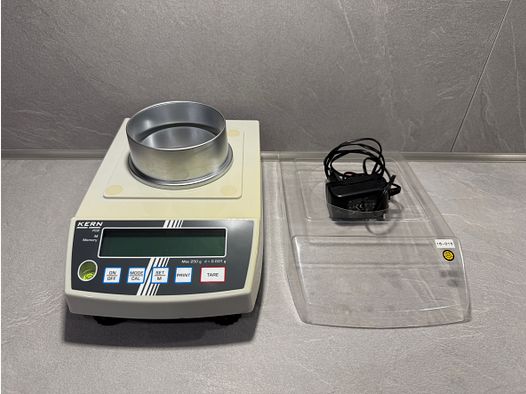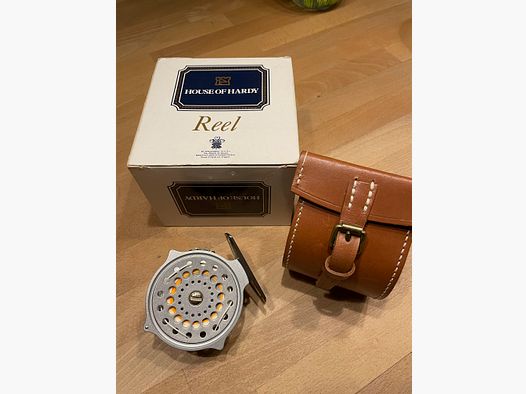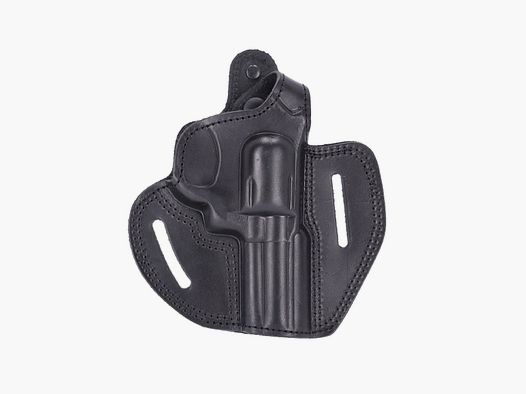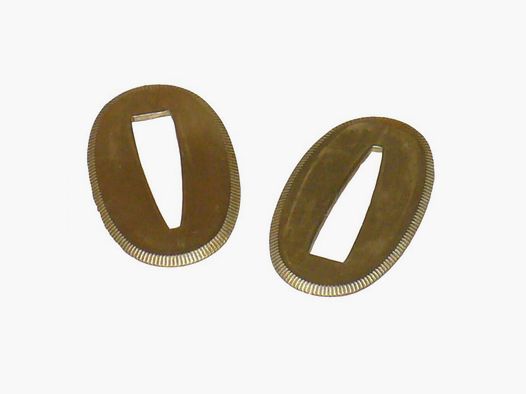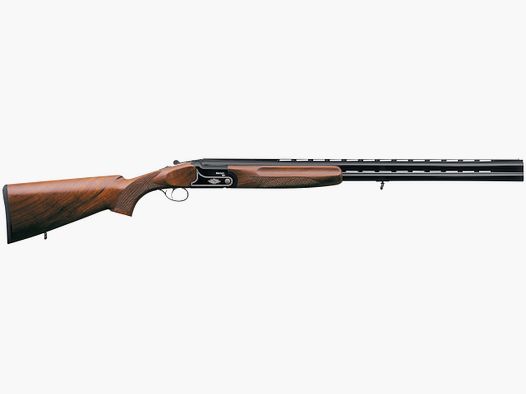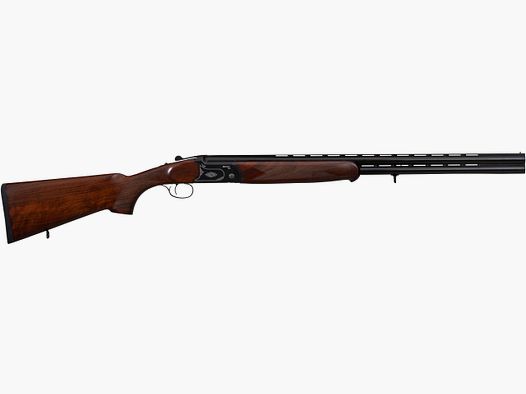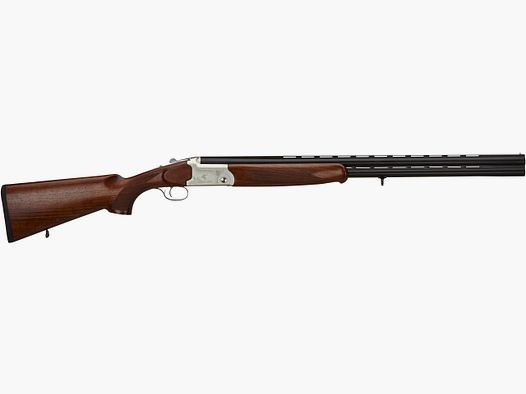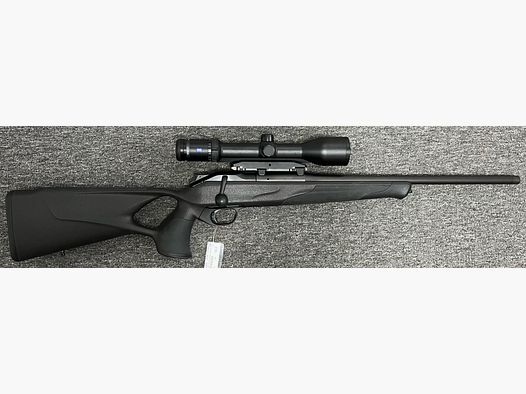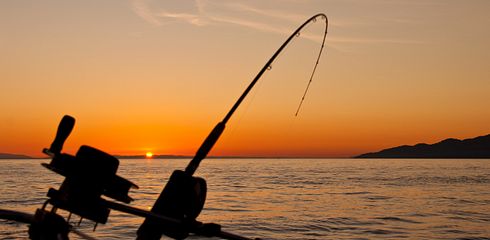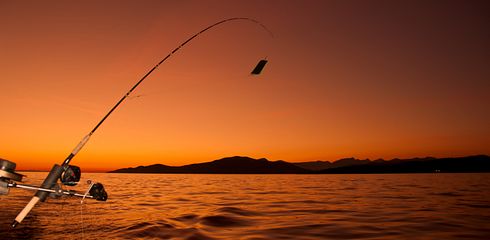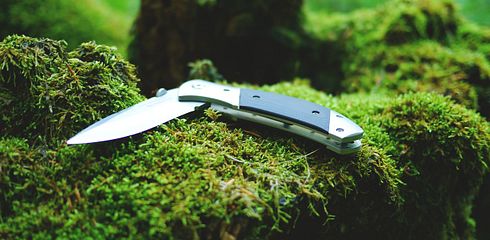The fishing reel, also known as the spool, is a crucial element of fishing equipment and plays a key role in successful fishing. Choosing the right fishing reel and properly maintaining it are essential to ensure a smooth fishing experience and a successful catch trip.
1. Choosing the Right Fishing Reel
The variety of fishing reels on the market can initially seem overwhelming. There are different types of fishing reels, each with its own advantages and disadvantages. Here are the most common types:
Spinning Reel: This reel is particularly popular among beginners and is versatile. It is well-suited for light to medium fishing and is easy to handle.
Baitcasting Reel: Advanced anglers often prefer baitcasting reels for their precision and control. They are ideal for fishing with lures but require some practice when casting.
Spool Reel: This reel is easy to use and is well-suited for beginners. It is particularly effective for bottom fishing and light spinning.
The choice of the right reel depends on various factors, including the type of fishing, the preferred fish species, and personal skill level. It is advisable to seek advice in a specialty store and, if necessary, try out different models to find the optimal balance between performance and comfort.
2. Important Features When Choosing
When purchasing a fishing reel, there are some key factors to consider:
Gear Ratio: This is the ratio between the number of turns of the handle and the rotation of the reel. A higher gear ratio allows for faster lure retrieval speeds, while a lower gear ratio provides more torque for handling larger fish.
Brake System: The brake is crucial for control during the fight. Front and rear brakes are the two main types, with some reels combining both systems.
Material and Construction: High-quality materials like aluminum or graphite ensure a durable and lightweight reel. Closed designs offer additional protection against environmental influences.
Number of Ball Bearings: The more ball bearings, the smoother and more stable the reel. High-quality bearings are essential for long-lasting performance.
3. Maintenance of the Fishing Reel
Maintaining the fishing reel is just as important as selecting it. A well-maintained reel not only increases its lifespan but also contributes to better functionality. Here are some maintenance tips:
Cleaning After Use: Rinse the reel with fresh water after each use to prevent salt or dirt deposits. Then dry it thoroughly.
Oiling and Greasing: Regularly oiling the bearings and greasing the gears keeps the reel smooth and prevents corrosion. Use special fishing reel oils and greases for optimal results.
Checking the Line Guide: Ensure that the line is evenly spooled and that there are no loops or tangles. This contributes to smooth casting.
Brake Maintenance: Regularly test the brake settings and adjust them if necessary. A brake that is too tight can lead to line breaks, while a brake that is too loose makes it difficult to control the fish.
Protection from Bumps and Impacts: Avoid bumps or impacts against hard surfaces, as this can affect the internal mechanics of the reel.
Conclusion: A Well-Maintained Reel for Lasting Fishing Enjoyment
The fishing reel is more than just a tool; it is the heart of a successful fishing experience. The right selection and maintenance not only ensure smooth functionality but also a long lifespan. Invest time in choosing your reel, learn its functions, and regularly take time for its maintenance. A well-maintained fishing reel will serve you reliably and help make every fishing trip an unforgettable experience. Tight lines and have fun fishing!





